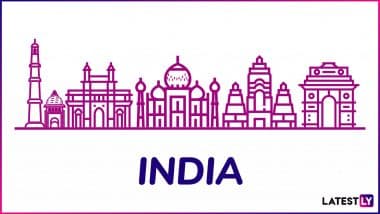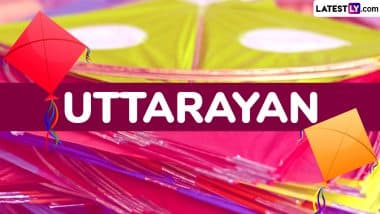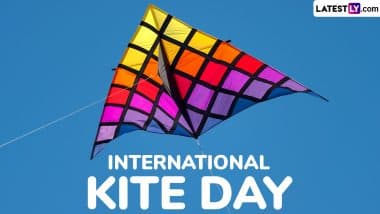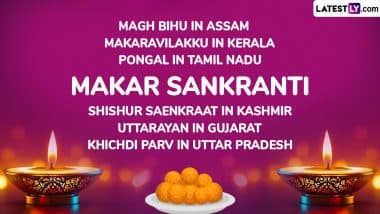Ahmedabad, Dec 11 (PTI) The Nanavati Commission, which probed the 2002 post-Godhra riots of Gujarat, has said things went out of control because police were out-numbered and ill- equipped to control violent mobs whose strength went up to more than 10,000 people at some places in the city.
This observation seeks to rebut allegations that Gujarat police officers deliberately allowed miscreants to attack Muslims in Ahmedabad city, one of the worst affected areas during the communal conflagration nearly 18 years ago.
The commission has observed that more force and better -equipped policemen could have averted Muslim casualties in three major riot sites - Gulberg Society, Naroda Patiya and Naroda Gam, all in Ahmedabad city - on February 28, 2002.
The inquiry commission was headed by Justice G T Nanavati, a retired Supreme Court judge, and Justice Akshay Mehta, an ex-Gujarat High Court judge, was its other member.
About the violence at Gulberg Society, where 68 people, including former Congress MP Ehsan Jafri, were killed, the commission lauded the role of Inspector K G Erda of the Meghaninagar police station.
The panel, whose report was tabled in the Gujarat Assembly on Wednesday, praised Erda for keeping at bay a mob of 10,000 people for a considerable period of time despite having "limited resources" and "position of arms and ammunition at the police station was also deplorable".
"They (police) made every effort to avert the attack on the society. It was only when the rear crowd entered the society that they were completely overpowered by the front crowd and when the things went beyond their control, the unfortunate incident happened.
"Had the additional force arrived there in time, things might have been different," noted the panel.
However, the commission put Ahmedabad's then Joint Commissioner of Police M K Tandon in the dock, saying it was error of judgement on his part to leave Gulberg Society.
Tandon also did not monitor the situation by remaining in constant touch with junior officers stationed at the spot, the panel noted.
Commenting on Jafri's widow Zakia Jafri's claim that the then chief minister Narendra Modi's "response was not positive" when her husband called him for help, the panel said her claim can not be accepted.
Zakia Jafri never mentioned about this episode while giving her statement to police in March 2002, the commission said.
"We, therefore, have every reason to believe that what she has stated about telephonic talk between Mr Jafri and Mr Modi about the lack of positive response from Mr Modi is an afterthought and hence it can not be accepted," it said.
When the commission sought clarification from Modi about Zakia Jafri's claim, he denied receiving any call from the former MP on the fateful day.
"I did not receive any telephone call from Shri Ehsan Jafri, Ex-Member of Parliament either on 28.2.2002 at 1:00 pm or any other point of time," the report quoted Modi as telling the panel.
About Naroda Patiya, where 82 people of a minority community were killed, the commission noted that against a mob of around 15,000 men in the locality, the police force was inadequate.
The panel refuted allegations that Police Inspector K K Mysorewala and his men "sided with Hindus and remained mute spectators" during the violence in Naroda Patiya.
On the contrary, the panel noted that the inspector himself shifted 27 Muslims with burn injuries to the hospital and sheltered 600 Muslims in the police station premises.
In the case of Naroda-Gam, where eight people were killed, the commission noted "there is no reason for us to hold that the concerned police had failed to discharge their duty...it can not be said that they deliberately allowed the incident to happen.
"It clearly appears that the police force at the place was inadequate. Also, the policemen were not even properly equipped."
Police personnel in Naroda-Gam were outnumbered by rioters, the panel said.
"It is obvious that against the mob of 7,000 to 8,000 persons, it was impossible for 8 to 10 policemen in the entire area with two point-410 muskets (guns) and limited cartridges to keep the miscreants under control.
"Only two (policemen) had guns and the rest had only lathis," the commission observed.
Nearly 18 years after the riots, the final report of the commission gave a clean chit to the then Modi government for the violence in which over 1,000 people, most of them members of a minority community, were killed.
The commission was appointed in 2002 by the then Modi government to probe the riots that took place after the burning of two coaches of Sabarmati Express train near Godhra station, in which 59 'karsevaks' were killed.
(This is an unedited and auto-generated story from Syndicated News feed, LatestLY Staff may not have modified or edited the content body)




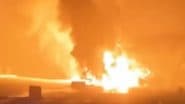
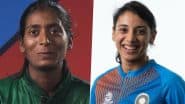
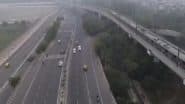






 Quickly
Quickly









